
OR
Editorial
Addressing Nepal's Urbanization Challenge
Published On: July 27, 2023 07:00 AM NPT By: Republica | @RepublicaNepal
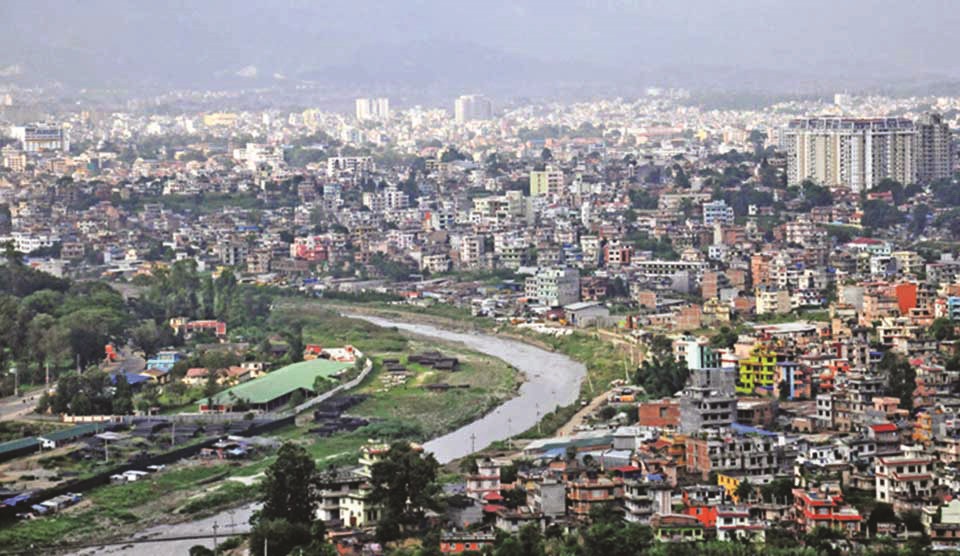
Nepal's urban landscape, particularly in the Kathmandu Valley, is facing an unprecedented challenge as the population continues to grow rapidly, leading to haphazard and uncontrolled urban development. This unchecked growth has severe consequences, and it is imperative that government bodies concerned take proactive measures to discourage further migration into the Kathmandu Valley and encourage outward migration to other parts of the country. Additionally, promoting decentralization of government services and ensuring facilities outside Kathmandu is crucial for sustainable development and a more equitable distribution of resources. The latest National Census data for 2021 reveals alarming statistics about Kathmandu's population density, which is an astounding 5,169 people per square kilometer. On the contrary, districts like Manang have a population density of merely 3, highlighting the stark contrast between urban and rural areas. Such disparities in population density can lead to numerous challenges, including strain on resources, inadequate infrastructure, and decreased overall livability.
One of the main reasons for the high population density in Kathmandu is the influx of people from other parts of the country in search of better economic opportunities and services. The government must address the root causes of this migration by ensuring that economic activities and essential services are available and accessible in other regions. This will require a strategic approach to decentralization, where government services, educational institutions, and job opportunities are established in various parts of the country. Decentralization of government services will not only reduce the burden on the Kathmandu Valley but also promote regional development, uplifting the overall living standards of people outside the capital. As the data indicates, a significant number of people in Kathmandu are not connected to any economic activities, such as students, people involved in domestic work, and the elderly. By creating opportunities in other regions, the government can encourage a balanced distribution of the population, leading to more sustainable urbanization and development.
Furthermore, inadequate infrastructure and services in rural areas are major contributors to the migration towards Kathmandu. The government must prioritize investments in infrastructure, including transport, education, healthcare, and communication, in regions outside the capital. This will not only attract people to settle in these areas but also create a conducive environment for businesses to flourish, generating employment opportunities and reducing the need for migration. Alongside outward migration promotion, the government should also focus on developing satellite towns and market centers around Kathmandu to ease the pressure on the capital city. These satellite towns can act as hubs for economic activities, drawing people away from the crowded urban center. Incentives for businesses and industries to establish themselves in these satellite towns will help distribute economic growth more evenly across the country.
Addressing the issue of urban sprawl and unplanned development is of utmost importance. Uncontrolled expansion in Kathmandu has resulted in irregular and substandard housing, the loss of open spaces, and increased vulnerability to disasters. The government should implement comprehensive urban planning and zoning regulations to ensure that development occurs in a controlled and sustainable manner. This will not only enhance the overall aesthetics of the city but also improve the quality of life for its residents. In tandem with planned development, the government must prioritize environmental conservation and disaster preparedness. As Kathmandu has been identified as one of the most earthquake-vulnerable cities in the world, investing in resilient infrastructure and implementing strict building codes is imperative to safeguard the lives and property of its residents. Decentralization of government services, infrastructure development in rural areas, and the creation of satellite towns are all the more important aspects to help promote balanced growth and address the disparities between urban and rural regions. With a well-planned and inclusive approach, the government can pave the way for a more equitable and prosperous future for all Nepali citizens.
You May Like This

95.5 percent COVID-19 patients recover in Nepal, 340 receiving treatment at ICU and ventilators
KATHMANDU, Dec 17: With 947 COVID-19 patients, who were undergoing treatment for the viral disease, getting over the disease in... Read More...
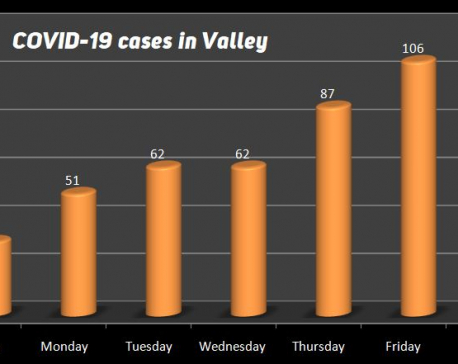
Kathmandu Valley records 62 new COVID-19 cases in past 24 hours; 461 cases this week
KATHMANDU, Aug 8: The Kathmandu Valley has reported 62 new cases of COVID-19 in the last 24 hours, according to... Read More...
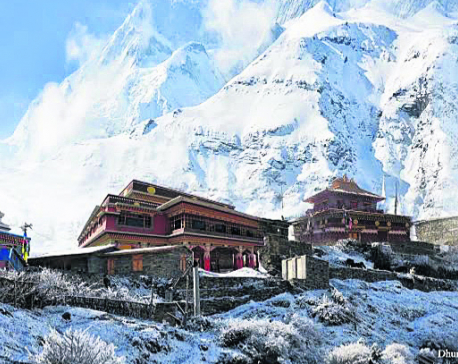
Dhurmus, Suntali to build ‘a Nepal within Nepal’
KATHMANDU, June 5: After successfully completing three settlement projects for earthquake victims and other communities, the actor couple Sitaram Kattel (Dhurmus)... Read More...

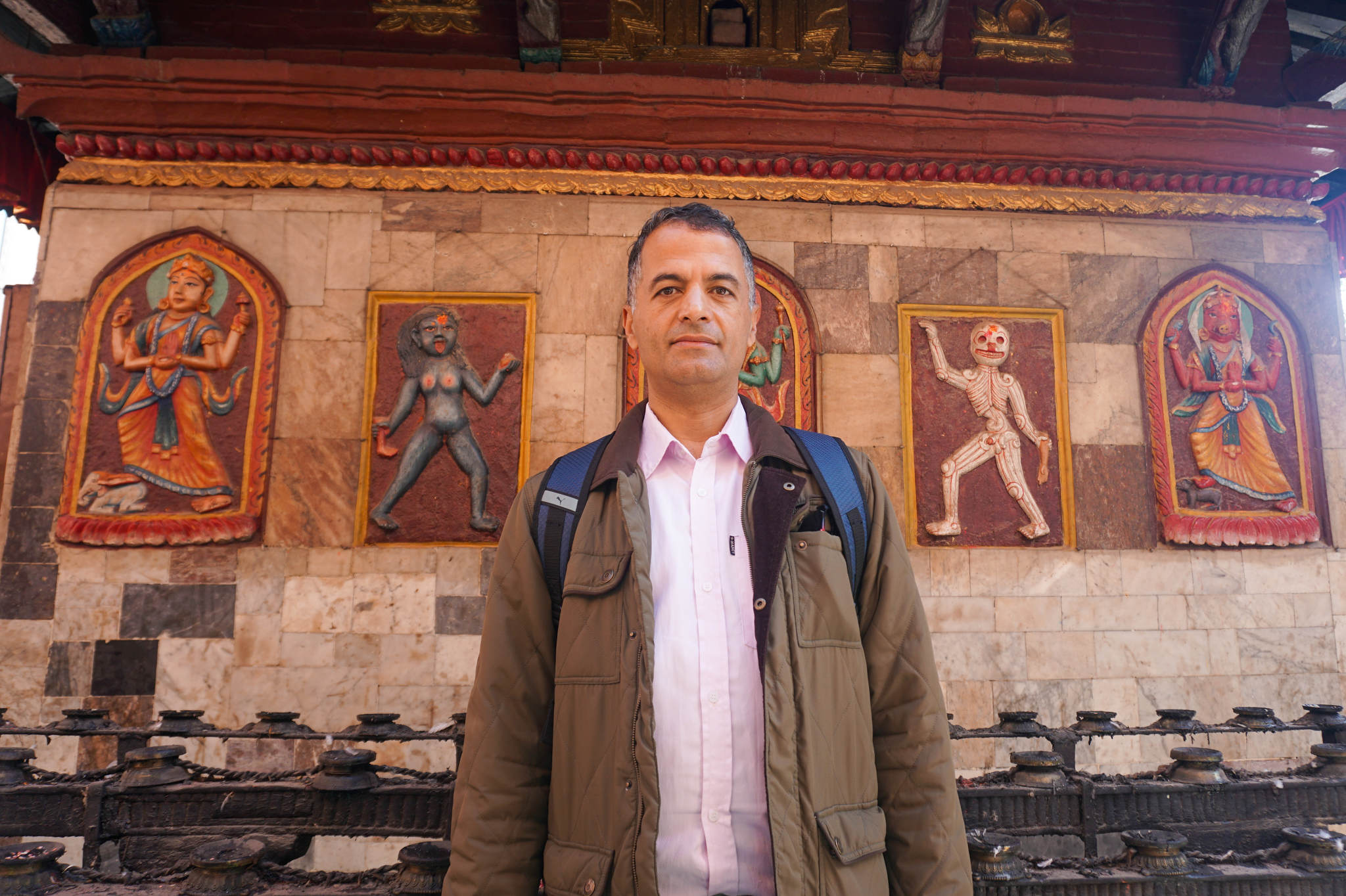


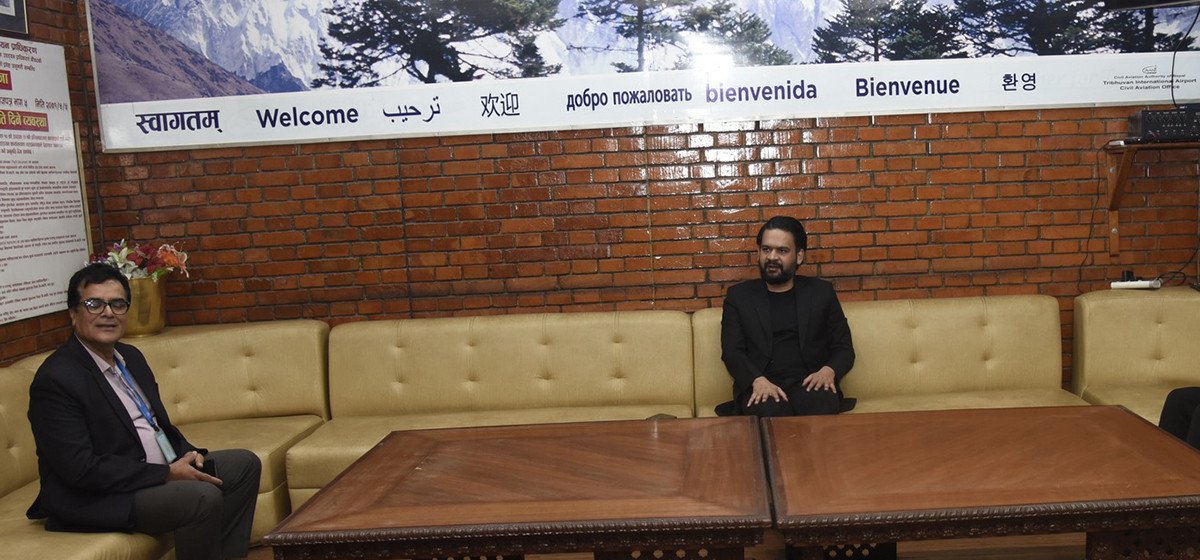
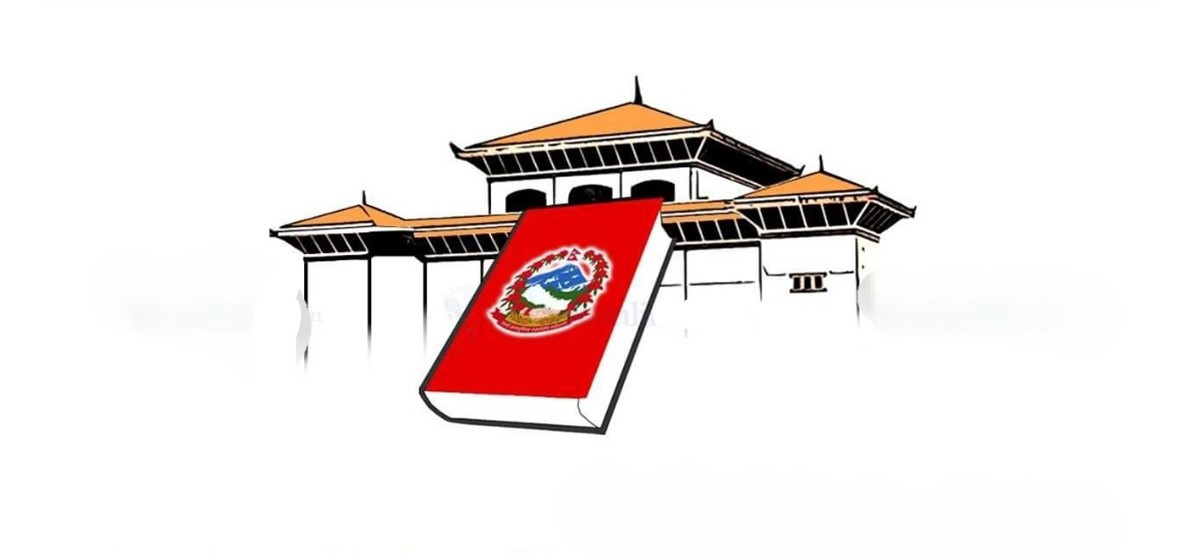
Just In
- Swedish delegation attending EU-Nepal Business Forum
- Dead body found in Sukedhara
- KMC Mayor Shah off to France
- Partly cloudy weather predicted in hilly region
- President to unveil government policy, programme in joint meeting of federal parliament today
- Nepali society witnesses increasing transition from joint families to nuclear families
- Analysis of judicial precedents on medical negligence within Nepal's legal framework
- Newly-appointed Health Minister takes oath of office



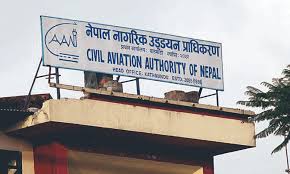

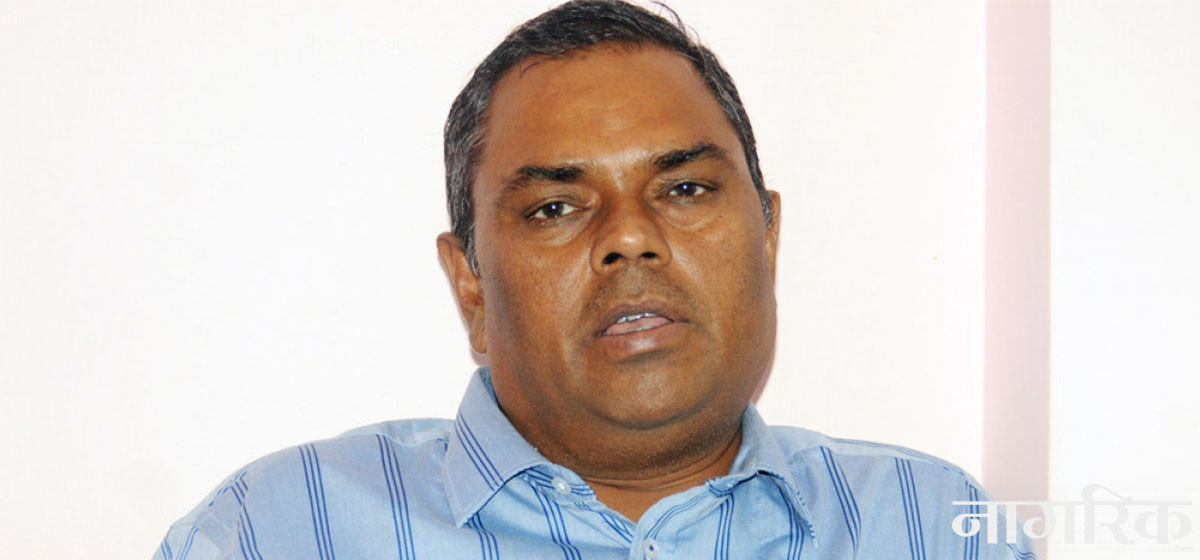

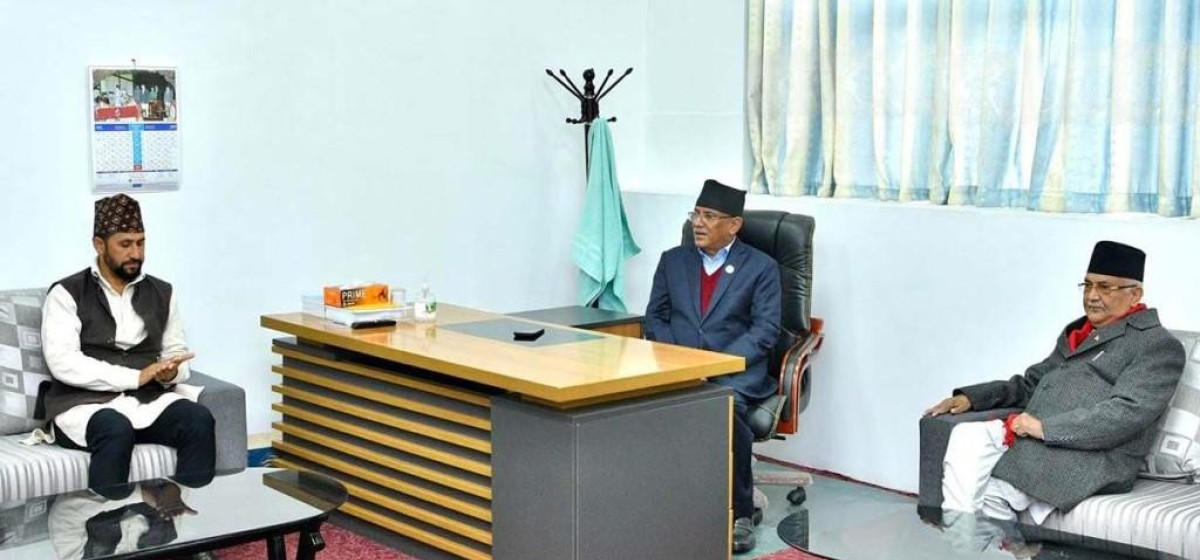
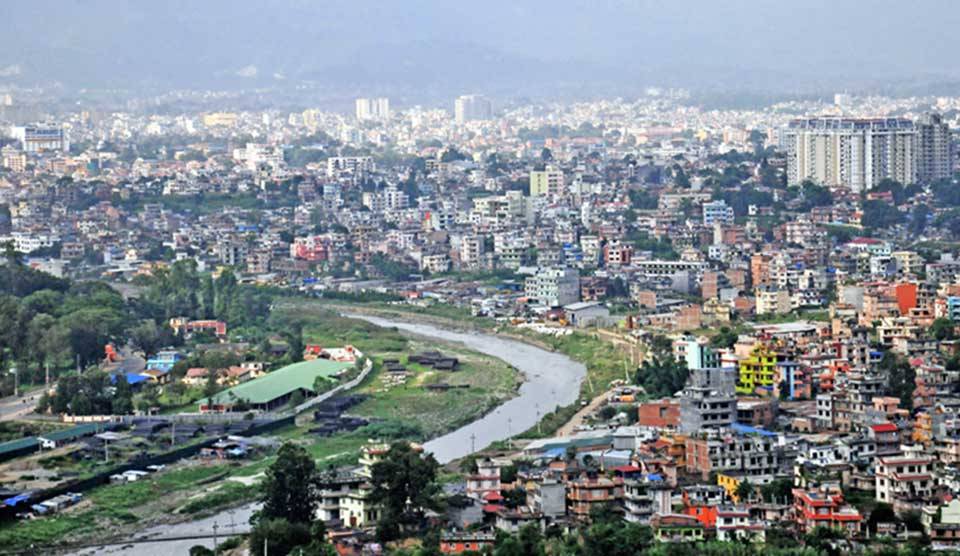
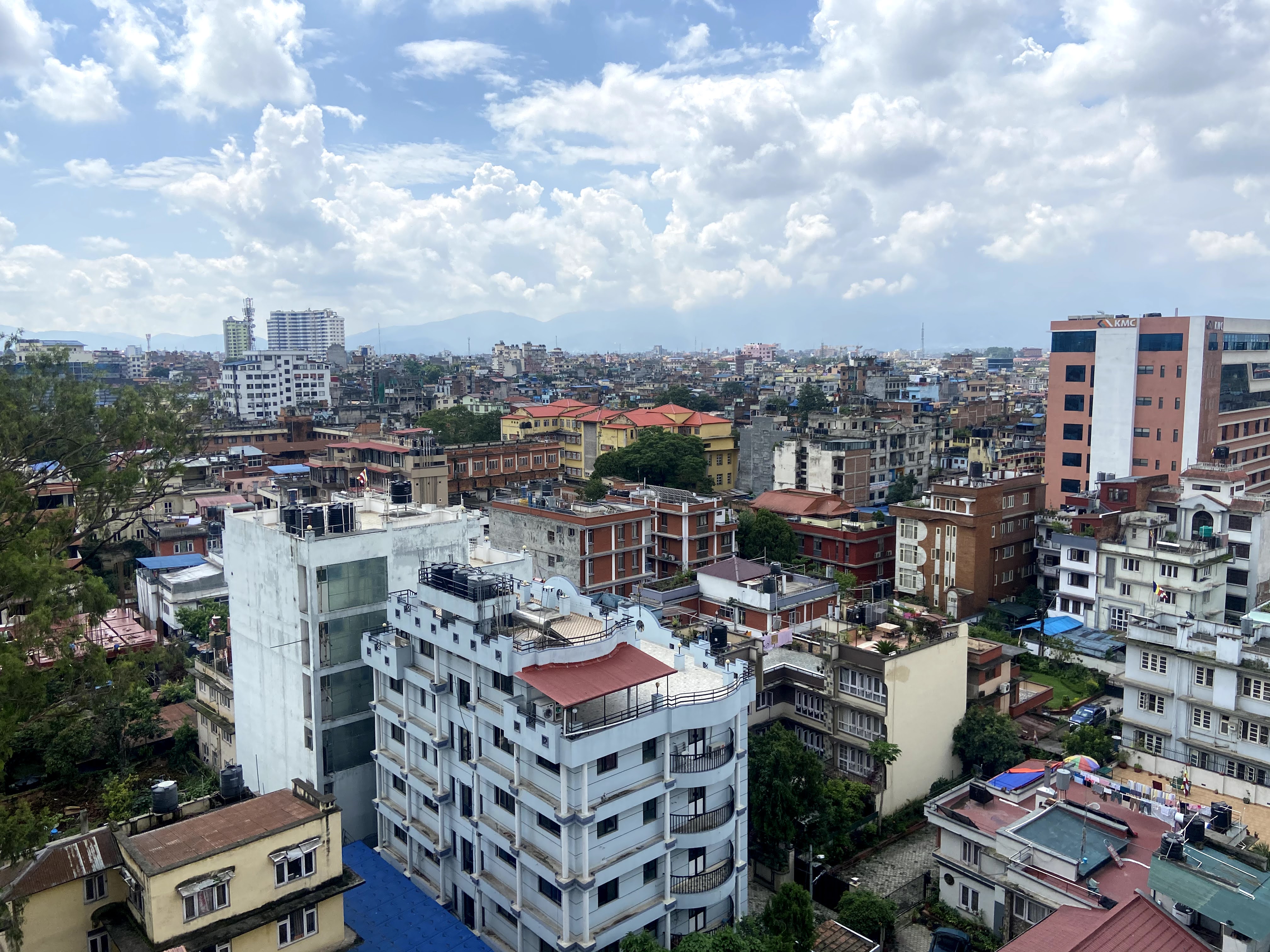
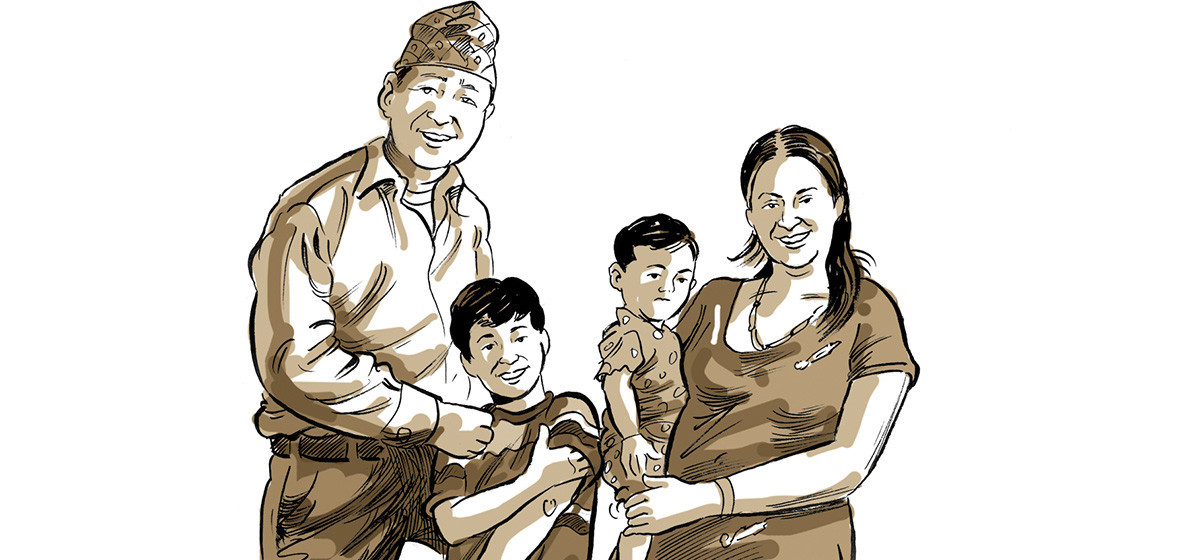

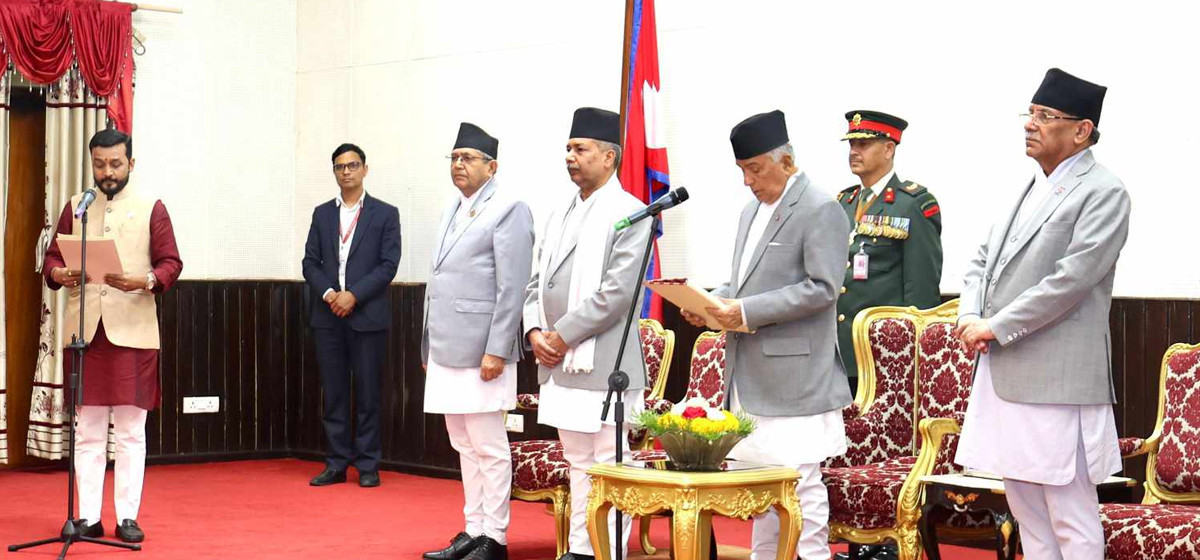
Leave A Comment